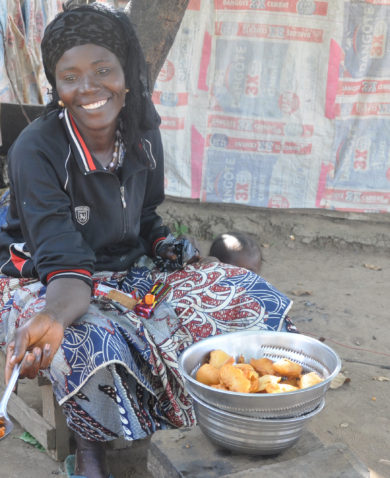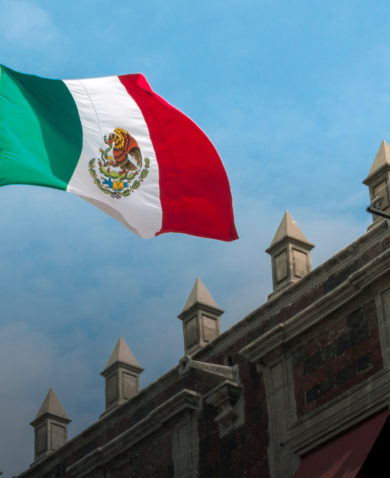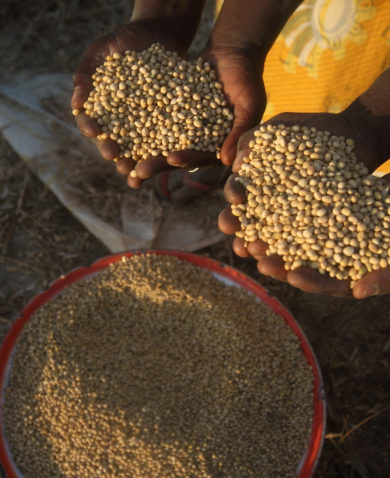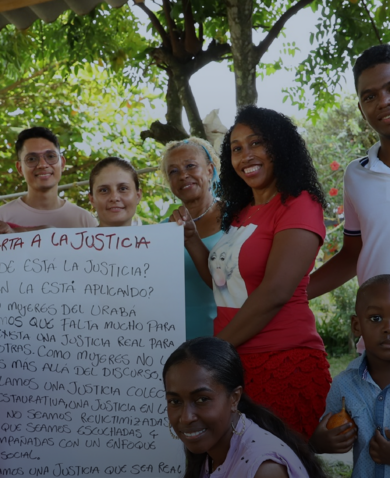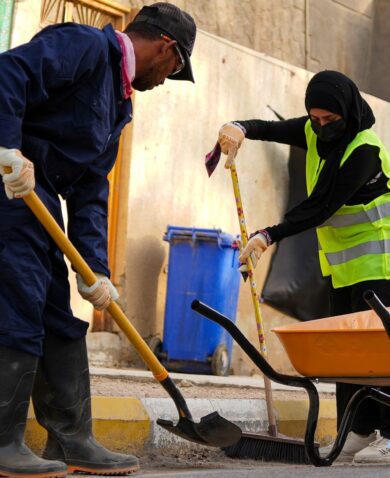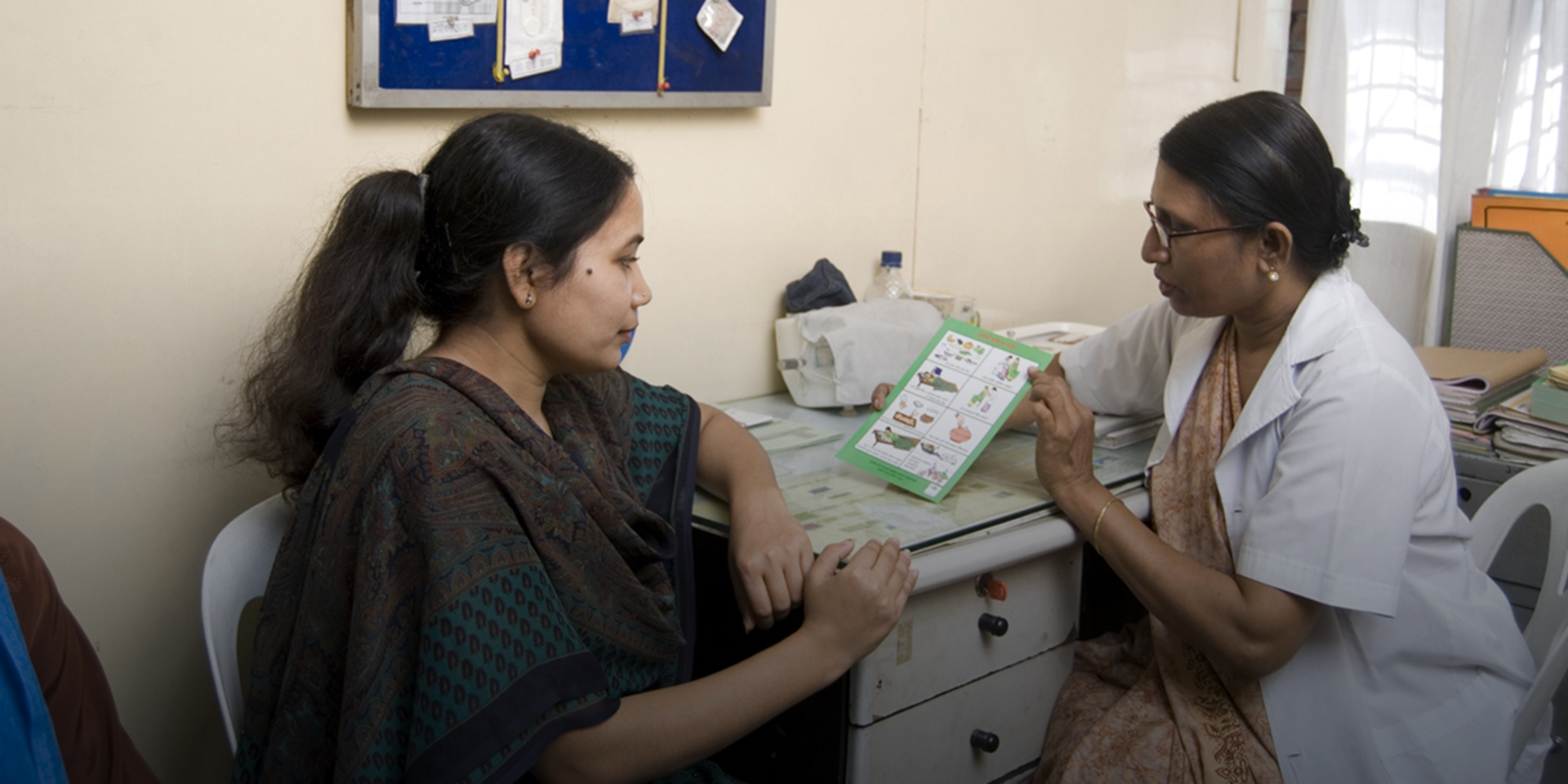
We Can’t Achieve Health Goals for Women Without Women Leaders
August 13, 2015 | 2 Minute ReadThe gender structure of the global health field is a pyramid – predominantly female at the lower levels with fewer women present at top leadership.
For months we have been talking about and planning for the “post-2015 era.” Now it is just around the corner, with the Sustainable Development Goals (SDGs) ready to be adopted in September. While discussion thus far has been oriented on the agreement and its parameters, focus is now shifting to the means of implementation. With the structure of the SDGs now clear, the differences between the Millennium Development Goals (MDGs) and the SDGs are now apparent too. For instance, the SDGs more than double of the number of goals and shift to a universal application of the framework to both North and South.
So now the resounding question facing us is: How do we do things differently to surpass the achievements made under the MDGs and actually reach the SDGs?
The problem is complex and multi-faceted. This programmatic shift involves reaching many more different and highly complex goals, along with culture and behavior change.
A critical, acknowledged component of the SDGs is a focus on women and girls. They are noted in almost every discourse as deserving of and requiring extra and specific attention in order to right inequities, provide appropriate services to improve their health and well-being, and unlock their potential as contributors to economic growth and improved governance.
However, a serious inequity affecting women in the SDG era is spoken about much less – the great gender imbalance in the leadership of international development and the SDG ecosystem.
The global health arena is a perfect example of this paradox. Maternal health and the role women play as caregivers and custodians of their families’ health is front and center in the vast majority of global health work. At the same time it is estimated that in many countries more than 75 percent of health workers are women (it’s also worth noting that the availability of statistics on the gender disaggregation of health workers is remarkably limited). But a closer examination of leaders in global health reveals that the gender structure of the global health field is a pyramid – predominantly female at the lower levels with fewer women present at top leadership. A recent desk review by Global Health Council revealed that 18 percent of top USAID-funded contractors are led by women while this figure reaches 35 percent in the top USAID-funded NGOs. Only 23 percent of government delegations to the 2015 World Health Assembly were led by women. Only one out of the top five UN agencies working on health is headed by a woman: Dr. Margaret Chan of the World Health Organization (WHO).
This issue within global health has begun to be acknowledged through initiatives such as 300 Women Leaders in Global Health, launched in 2014. While the social media popularity of this list demonstrated that there is no shortage of women leaders in global health, the translation of these names into true visibility and acknowledgment is indirect. Many global health event panels, steering committees, and executive positions are still heavily dominated by men.
Faced with a highly complex and challenging set of goals, the international development community cannot afford to distance or exclude a significant proportion of its talent pool and hope to achieve goals that speak to inclusion and equity. Women must lead as well as benefit from the new global consensus on development.








